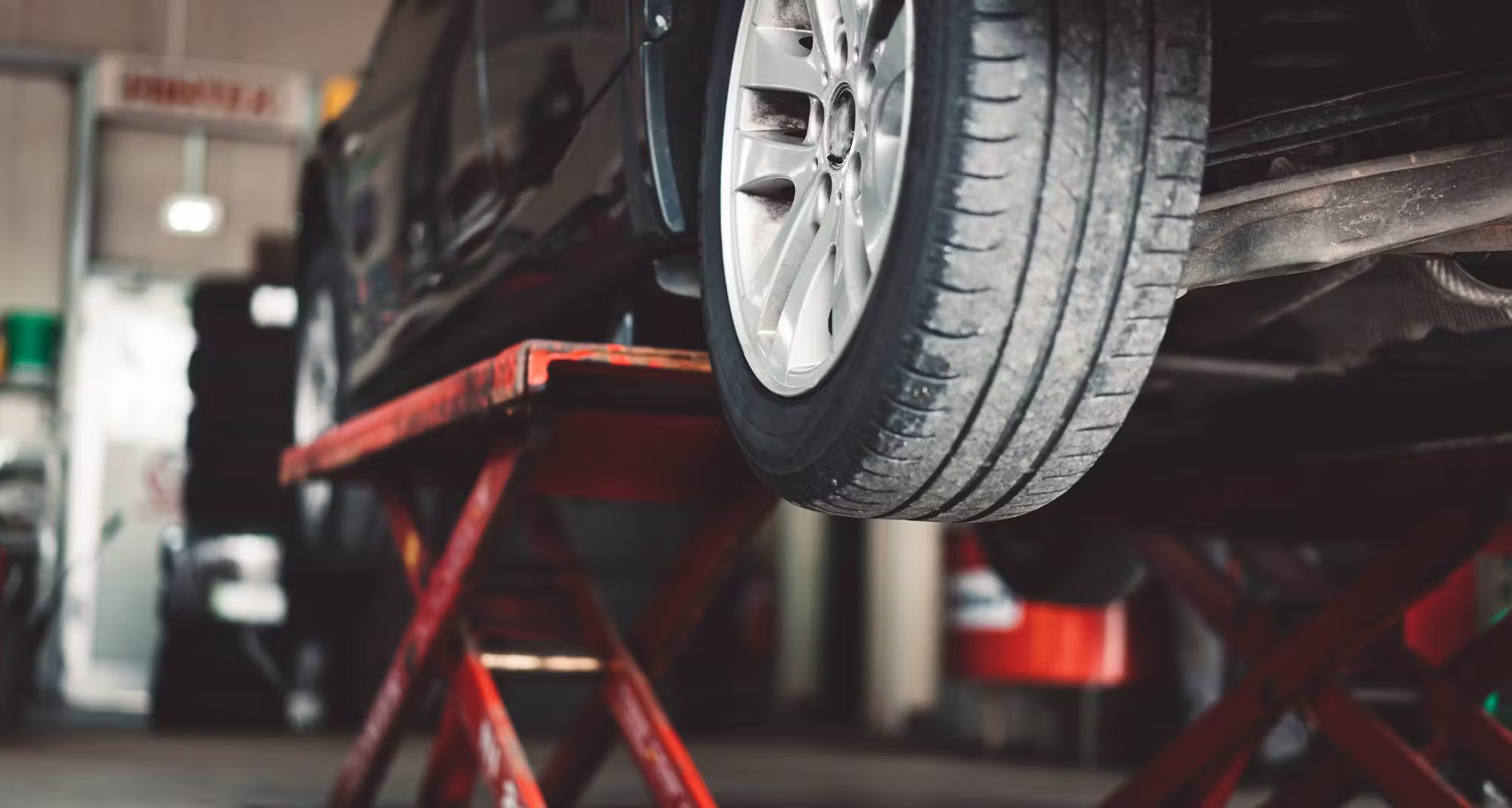News
How do tires hold up a car and not break?

Tires play a crucial role in supporting the weight of a vehicle, providing stability, and ensuring a smooth driving experience. While tires might seem simple at first glance, they are engineered to endure immense pressure and stress without breaking.
This article explains how do tires hold up a car and not break, delving into their design, materials, and the principles that enable their strength and durability.
The role of tires in a car’s performance
Tires are not just rubber circles; they are a vital component that bridges the car and the road. They carry the entire weight of the vehicle, absorb shocks from uneven surfaces, and ensure traction for acceleration, braking, and cornering.
Supporting the car’s weight
The air inside the tire, rather than the tire material itself, supports the majority of a car’s weight. The air pressure creates a cushion that evenly distributes the load across the tire’s surface, preventing stress concentrations that could lead to failure.
Absorbing road impact
Tires are designed to absorb shocks from road imperfections like potholes or bumps. This protects the car’s suspension system and ensures a smoother ride for passengers.
How tires are engineered to hold up a car
Tires are a result of sophisticated engineering that combines materials, structure, and design to withstand significant forces.
1. Tire construction
Modern tires are made of several layers, each contributing to their strength and functionality:
- Tread: The outer layer of the tire that comes in contact with the road. It is made of durable rubber designed to resist wear and provide traction.
- Belts: Steel or fabric belts are located beneath the tread, reinforcing the tire and maintaining its shape under pressure.
- Sidewall: The side of the tire connects the tread to the bead and provides lateral stability while absorbing shocks.
- Bead: A steel-reinforced ring that ensures the tire stays securely mounted on the wheel rim.
- Inner liner: A layer that retains air, maintaining the tire’s internal pressure.
2. Materials used
Tires are made from a combination of natural and synthetic rubber, steel, fabric, and other compounds. This blend ensures flexibility, strength, and resistance to wear and tear.
- Rubber compounds: Provide elasticity and grip while resisting heat and abrasion.
- Steel cords: Reinforce the tire’s structure, allowing it to handle heavy loads without deforming.
- Fabric plies: Add flexibility and enhance the tire’s ability to absorb shocks.
3. Air pressure
The air inside the tire acts as a cushion that evenly distributes the vehicle’s weight. Proper tire pressure is essential for maintaining this balance. Overinflated or underinflated tires can lead to uneven wear, reduced performance, and increased risk of failure.
Principles that keep tires from breaking
Several principles contribute to the tire’s ability to hold up a car without breaking under stress.
Distribution of forces
Tires are designed to distribute forces evenly across their surface. This prevents localized stress points that could cause the tire to crack or fail.
Elasticity and flexibility
The rubber used in tires is both elastic and flexible, allowing the tire to deform slightly under load without losing its structural integrity. This property also helps the tire return to its original shape after encountering road obstacles.
Heat dissipation
Friction between the tire and the road generates heat, which can weaken the tire over time. Tires are engineered with heat-resistant materials and tread patterns that dissipate heat effectively, preventing damage.
Reinforcement layers
The layers of belts and plies within the tire reinforce its structure, allowing it to withstand heavy loads and resist deformation. Steel belts, in particular, provide additional strength without adding excessive weight.
Maintenance and longevity of tires
To ensure that tires continue to perform effectively and safely, regular maintenance is essential.
Check air pressure regularly
Maintaining the recommended air pressure prevents overloading and ensures even weight distribution. Check tire pressure monthly and before long trips.
Rotate tires
Rotating tires helps distribute wear evenly, extending their lifespan. Most manufacturers recommend rotating tires every 5,000 to 7,500 miles.
Inspect for damage
Regularly inspect tires for signs of damage, such as cracks, bulges, or punctures. Addressing issues early can prevent tire failure.
Replace worn tires
Tires with worn treads lose traction and are more prone to breaking. Replace tires when the tread depth reaches 2/32 of an inch or sooner in wet or snowy conditions.
Common misconceptions about tire durability
Many people misunderstand how tires work and what affects their longevity. Clarifying these misconceptions helps ensure better tire care and safety.
Tires hold the weight directly
While tires support the car, it is primarily the air pressure inside that bears the load. The tire’s structure ensures the air remains securely contained.
All tires are the same
Tires are specifically designed for different vehicles and purposes, such as passenger cars, trucks, or off-road vehicles. Using the wrong type of tire can compromise performance and safety.
Tires last forever
Even with proper maintenance, tires have a finite lifespan, usually 6-10 years, depending on usage and environmental conditions. Regular checks are crucial for safety.
Final thoughts
Tires are a marvel of engineering, combining durable materials, advanced construction, and the principles of physics to support vehicles under immense stress. By understanding how do tires hold up a car and not break, drivers can appreciate the importance of proper tire maintenance and care.
With regular inspections, correct air pressure, and timely replacements, tires can continue to deliver safety and performance for years to come.
